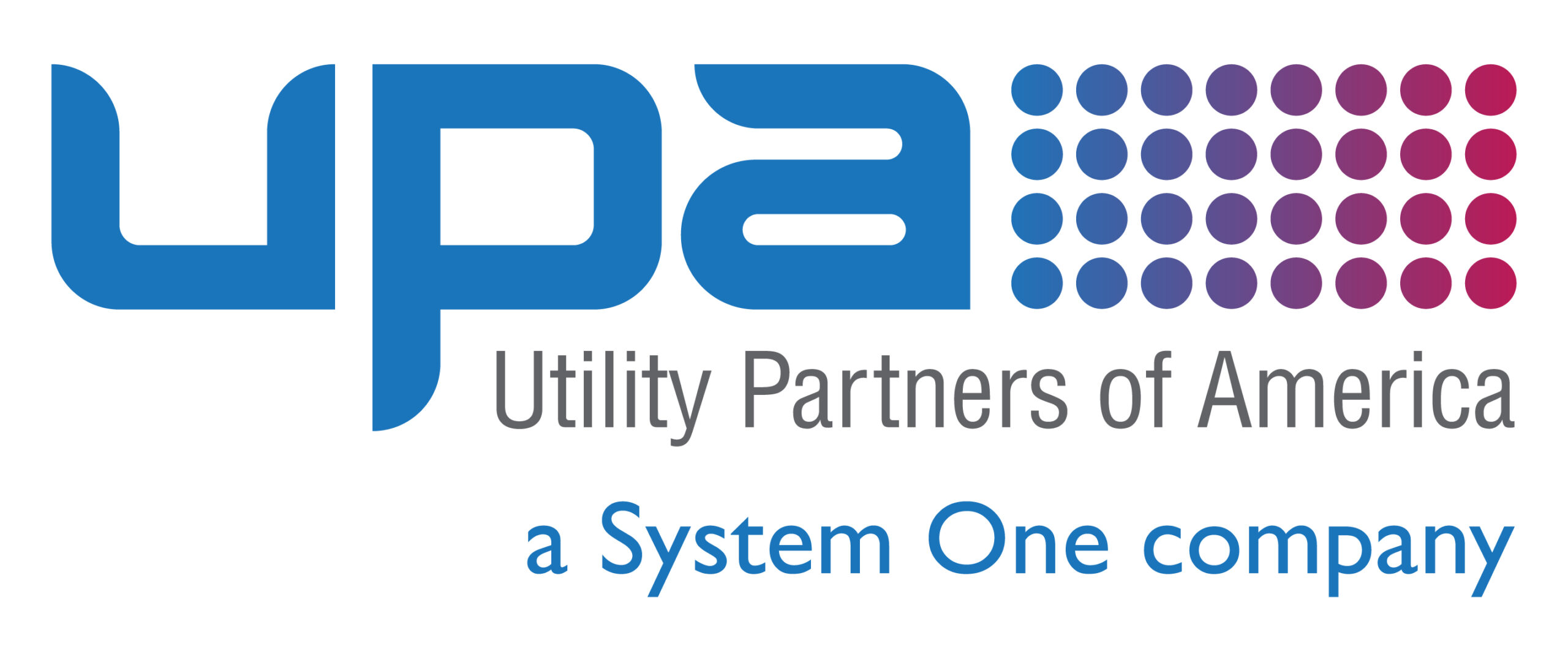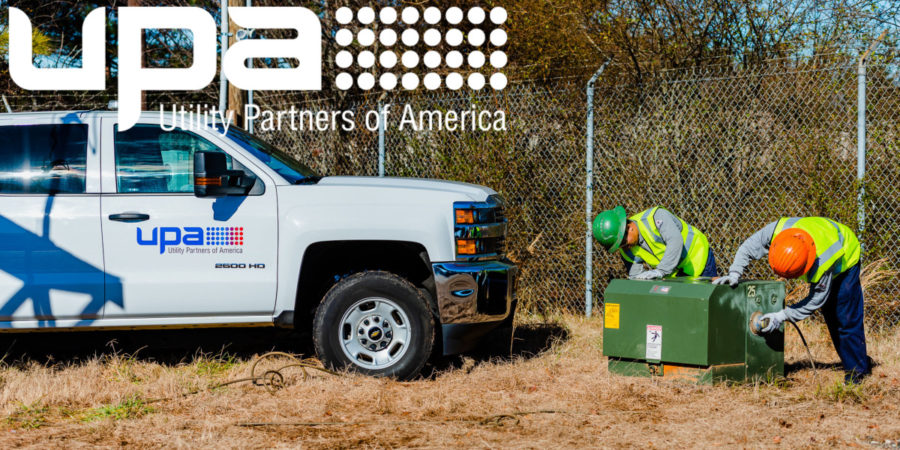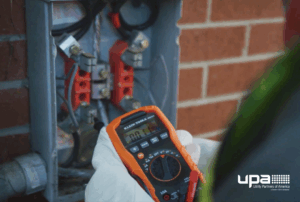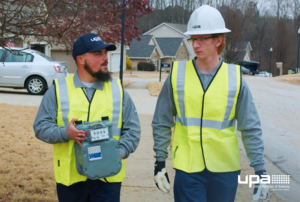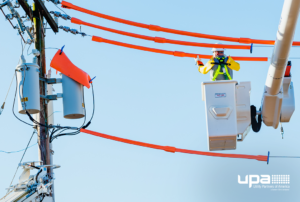By now, the rapid aging of the current utility infrastructure in the United States is well-documented. Many have questioned the long-term operability of critical infrastructure mainstays like the power grid, noting how much of it has reached or exceeded its presumed lifespan.
The natural inclination is to want to overhaul and completely replace infrastructure, but various factors make that essentially impossible. In addition to the overwhelming cost, the time it would take to complete such a task is astounding. To put this into context, it would take more than 200 years to complete a replacement of every natural gas pipe in the country. Though there’s no one right solution to the problem of aging infrastructure, but the most realistic approach is an unwavering commitment to sound maintenance.
The best way to extend the life of vital assets and infrastructure is to keep them in the best possible condition. And the best way to keep something in an optimal condition is to practice proactive maintenance.
Proactive maintenance is critical
The best way to extend the life of vital assets and infrastructure is to keep them in the best possible condition. And the best way to keep something in an optimal condition is to practice proactive maintenance. Infrastructure that receives regular, proactive maintenance is less likely to have a surprise malfunction. That malfunction can potentially hurt a technician servicing that asset. Proactive maintenance includes not only routine cleaning and servicing of infrastructures like pipes and poles, but also caring for the environment surrounding those assets — a process called vegetation management.
Related: Ready to Fix Your Infrastructure?
The utility should regularly trim trees, bushes, roots, and brush that could interfere with the infrastructure. Infrastructure can be permanently damaged due to overgrown vegetation in the area, and it can also wreak havoc on the utility’s productivity and cause service disruptions. In a worst-case scenario, overgrown vegetation can combine with electrical components of a utility’s infrastructure to spark and cause wildfires like we’ve witnessed in states like California in recent years.
How infrastructure maintenance contributes to society
We already know that utilities provide an invaluable service. They reliably supply homes and businesses with water, gas, and electricity. But what we don’t often think about is how broadly lackluster infrastructure maintenance can impact a geographic area.
Neglected infrastructure will inevitably cause assets to degrade or decay, which ultimately affects the local economy and increases replacement costs. For instance, if a power grid routinely fails and an entire heavily trafficked block of stores loses electricity, those businesses will suffer.
Related: Upgrading Infrastructure is a Smart Decision
With no power, they have no lights to showcase their wares. No registers or credit card machines to collect payments. As a result, they’re forced to close. Additionally, grocery or convenience stores and restaurants that don’t have adequate generator backup power risk losing all refrigerated goods. In time, these stores may have no choice but to raise prices to recoup those losses, which hurts local citizens.
Maintaining infrastructure also helps keep citizens safer. For example, consistently cleaning water supply pipes reduces the risk of waste and disease entering drinking water sources.
Related: Proactive Equipment Checks: A Lifeline for Your Business
Utility Partners of America offers inspection and maintenance services
For more than two decades, Utility Partners of America (UPA) has worked with utilities and energy cooperatives on inspecting, maintaining, and upgrading the nation’s utility infrastructure. We perform regular inspections that extend the longevity of assets and infrastructure. We even perform pole load audits and load analyses for historical documentation. Interested in learning more about how we can help you maintain your infrastructure? Contact us today.
